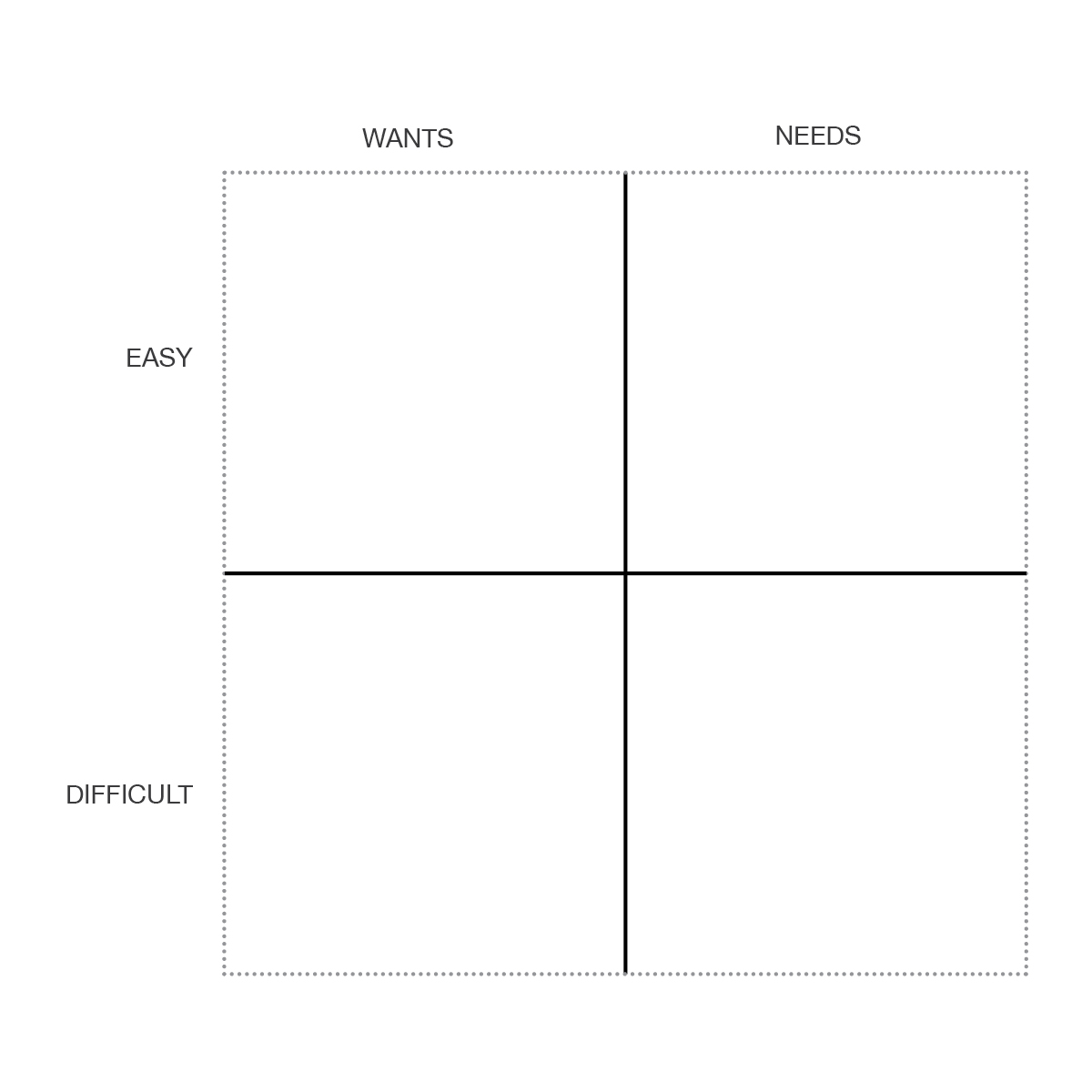This past November, Angela Yeh, Founder and CEO of Yeh IDeology, took part in DMI’s Web Conversations, geared towards organizations and business owners, management and hiring managers with the specific topic challenge: "How to Build Innovation into Your Organization” In this series, we’ll be revisiting Angela’s talk, “Integrating Innovation,” while highlighting excerpts, thoughts from the talk, and delving further as we go into each of Angela’s 7 best tips for innovation success and 3 major pitfalls to avoid.
Shall we continue?
INTEGRATING INNOVATION Step #5: Investing in Innovation: Time & Materials
The last four blogs focused on identifying types of innovation, scaling your initiative(s), determining your starting point and identifying your change agents.
Whereas Steps 1 through 4 focus on research and familiarization with your organization, Step 5 is about action, or more precisely, your plan of action.
A plan of action takes into consideration all of your findings from Step 1-4 and considers the schedule and amount of resources necessary to bring this initiative to life. In other words: Time and Materials. How much time is needed for the scale of change you desire and are you willing to invest this time? Does it jive with your existing calendar(s)? What about your materials including financial capital, space and equipment, and, of course, human resources?
One thing we’re all familiar with is “yesterday.” We’re in such a constantly shifting economy, with an incredible urgency to innovate on ridiculously tight timelines. To be fair, we’ve seen many successes born of great speed and action. On the flipside, if you don't allow some programs enough time to germinate, to build up sufficient research to formulate a strategy, and then make the time to execute, you’re risking failure right out of the gates.
The key word here is: balance. Balance between failing fast and taking the time to think; between making vast, rapid changes, and slow, incremental tweaks. Each have their merits, but in the context of your plan of action, they also have an appropriate place and time.
As an example, one corporation that we worked with wanted to develop new products on an incredibly short time frame – about 3 to 6 months. In reality, however, it took them closer to a year or two. Another, in the manufacturing space, went the other direction. They said, “Let’s not build something for now; let’s build something for 10 - 15 years down the line.” And off they went, but at some point, they hit a wall. They realized that this too didn’t work; that all this pontification doesn’t lead to anything without clear metrics, true calls to action, and definitive timelines.
So how do you begin determining which plan suits you best? Start by making a list, divided into two sides: Needs (Must Haves) vs. Wants (Nice to Haves). Then take a page out of the designers handbook and make a 2x2 grid. Divide it like your list, left and right, for Needs vs. Wants. Then divide it again, top and bottom: Easy (aka “Low Hanging Fruit”) vs. Difficult (aka longer-term planning and/or investment).
 Much of the needs and wants you’ve already begun discovering in Steps 1-4. Continue to draw information, concerns, complaints, and challenges from your stakeholders. Add this to your list and plot it in your grid. Looking at the intersections and determine what to tackle first.
Much of the needs and wants you’ve already begun discovering in Steps 1-4. Continue to draw information, concerns, complaints, and challenges from your stakeholders. Add this to your list and plot it in your grid. Looking at the intersections and determine what to tackle first.
Bottom line: Be realistic. Yes each organization is different, and each industry will have its own timelines and material demands. It’s about understanding the full scope of what needs to be invested in – how long and how much – and planning around that. That’s the balancing act: what’s needed vs. what’s realistic in the time you have with the resources you have. This is a duty for a change agent (which happens to be our specialty!).
Next on our blog series: Step #6: Emotion vs. Execution. Reconciling Sexy End-Goals with the Devilish Details.
Interested in this topic or others we've been speaking about? Click on the word bubble to leave us a comment, send a tweet, or connect via LinkedIn! Want to hear directly from Angela Yeh and her 15+ years of design recruiting experience? Drop us a line at info@yehideology.com

